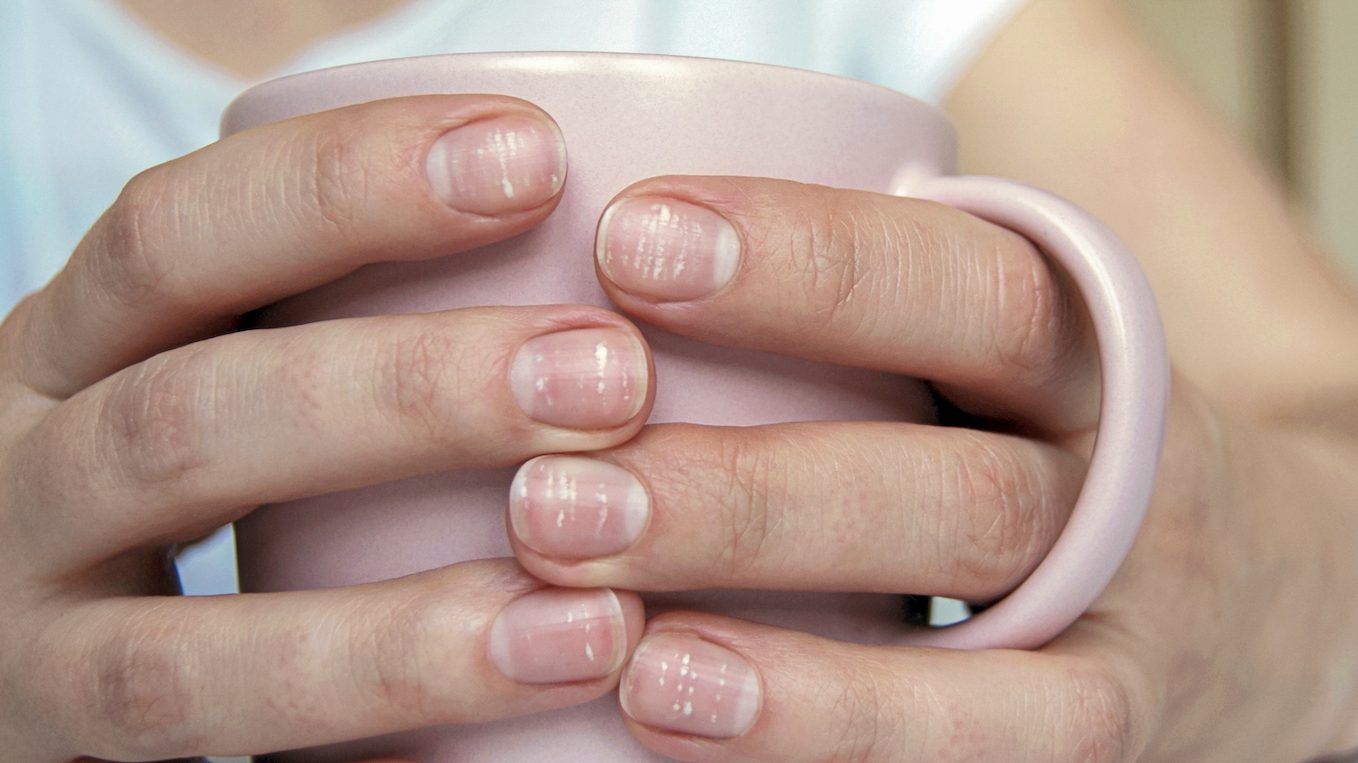skin picking disorder treatment
addressing a skin picking disorder typically involves a combination of medication and therapy. antidepressants, particularly selective serotonin reuptake inhibitors (ssris), are often prescribed to help ease the urge to pick. cognitive behavioural therapy has proven effective at helping patients understand the thoughts and triggers that cause them to pick and finding ways to prevent a reoccurrence.
sometimes, treatment can entail simple things, such as keeping your hands busy by squeezing a stress ball or playing with a rubik’s cube. it can also include wearing gloves or keeping bandages over cuts or scabs to make it harder to engage in picking behaviour.
ideally, each patient will have a treatment plan that works for them and, although it may take time and patience, it is possible to overcome the disorder.
preventing skin picking disorder
as the condition is still not fully understood, there is currently no way to prevent skin picking disorder or reduce the risk of diagnosis.
prevalence of skin picking disorder
numbers vary due to the underrecognized nature of the condition, but according to one study, skin picking disorder has a
lifetime prevalence of 3.1 per cent among the canadian population. research suggests it occurs more commonly in women than men.
 3 minute read
3 minute read








